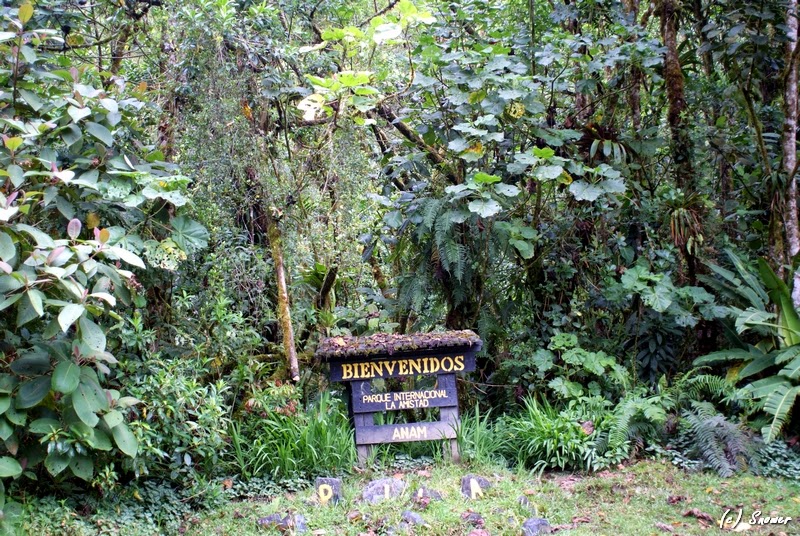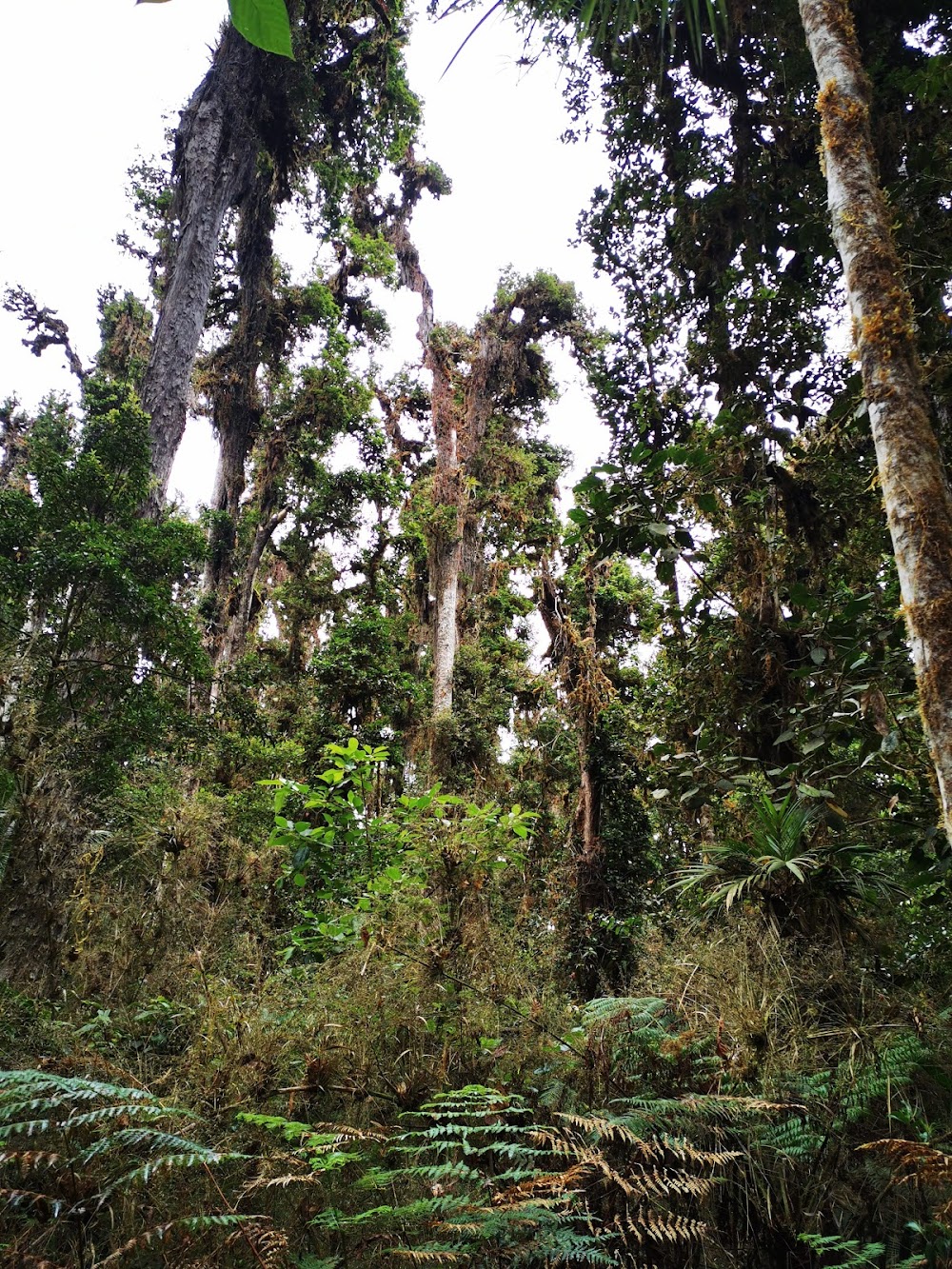Parque Internacional La Amistad (Parque Internacional La Amistad)
Overview
Parque Internacional La Amistad, located in the Ngöbe-Buglé Comarca of Panama, is a breathtaking example of natural beauty and international collaboration. This UNESCO World Heritage site straddles the border between Panama and Costa Rica, symbolizing a shared commitment to preserving and protecting the diverse ecosystems of this remarkable region.
Established in 1988, Parque Internacional La Amistad was born from a groundbreaking partnership between Panama and Costa Rica. Both countries recognized the urgent need to safeguard this unique environment, leading to a collaborative management approach. This pioneering effort in conservation has set a vital precedent for cross-border cooperation in the protection of global biodiversity.
Spanning approximately 401,000 hectares, the park features an incredible variety of landscapes, from lush lowland rainforests to high-altitude cloud forests. The mountainous terrain includes the Talamanca Range, home to some of the tallest peaks in Central America, with elevations ranging from 1,000 to 3,800 meters. This elevation gradient creates a mosaic of habitats, each supporting a rich array of flora and fauna.
The park is a biodiversity hotspot, boasting over 10,000 plant species, including an impressive collection of orchids and bromeliads. Mammals such as jaguars, pumas, and Baird’s tapirs roam freely, while vibrant birds like the resplendent quetzal and the harpy eagle grace the skies above. The park’s rivers and streams teem with aquatic life, further enhancing the ecological richness of the area.
Establishing and maintaining Parque Internacional La Amistad has involved a significant collaboration among various local and international stakeholders. The park features well-marked trails, research stations, and ranger posts dedicated to monitoring and protecting the wildlife. A crucial element of the park’s management is the active involvement of indigenous communities, such as the Ngöbe and Buglé, who have lived in harmony with this environment for generations.
Funding for the park is derived from a blend of government support, international grants, and contributions from conservation organizations. These financial resources are essential for maintaining park facilities, conducting scientific research, and implementing vital conservation programs. Education and outreach initiatives further enhance awareness about the importance of preserving this natural treasure.
Ongoing efforts to protect Parque Internacional La Amistad include ranger patrols to deter illegal activities like poaching and logging. Environmental scientists conduct research to monitor the health of ecosystems and develop sustainable management strategies. Community-based programs promote eco-friendly practices and create opportunities for local residents to engage in conservation efforts.
One of the park's most significant achievements is its role as a living laboratory. Researchers from around the globe visit to study its diverse ecosystems, contributing valuable data to international biodiversity projects. The research findings not only inform conservation strategies for La Amistad but also provide insights applicable to other protected areas worldwide.
Tourism in Parque Internacional La Amistad is thoughtfully managed to minimize environmental impact. Visitors can partake in activities such as hiking, bird-watching, and guided eco-tours, all designed with sustainability in mind. The park’s facilities blend harmoniously with the natural surroundings, ensuring that tourism supports conservation efforts.
Parque Internacional La Amistad is a powerful example of what can be accomplished when nations and communities unite for a common cause. By protecting this extraordinary environment, Panama and Costa Rica are preserving a vital part of our planet’s natural heritage for future generations. The park serves as an inspiring reminder of the importance of global cooperation in conservation efforts.







